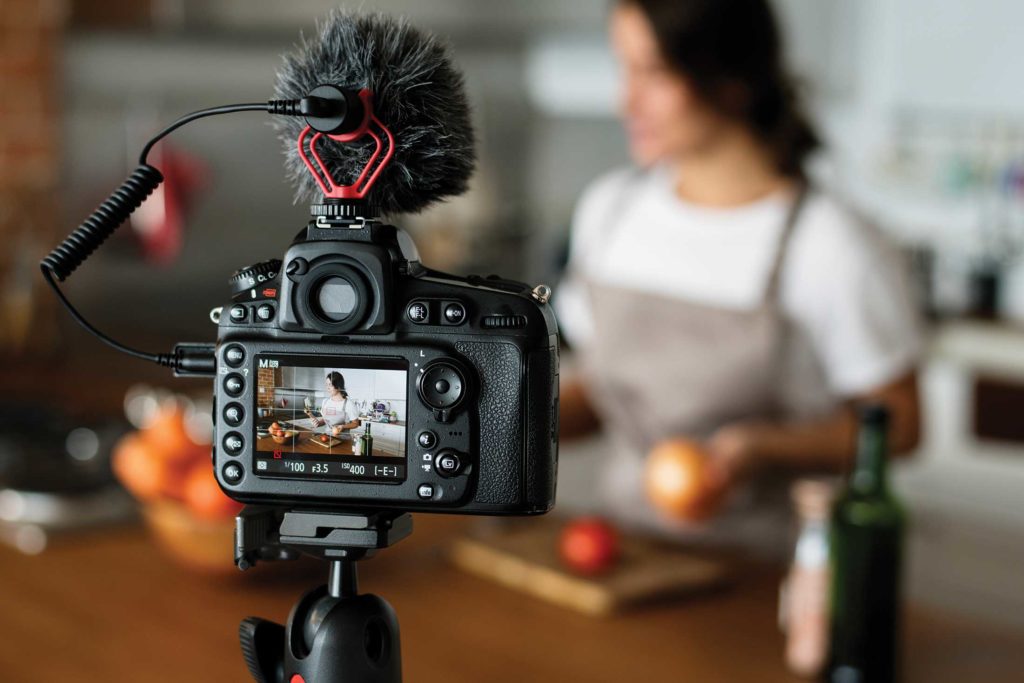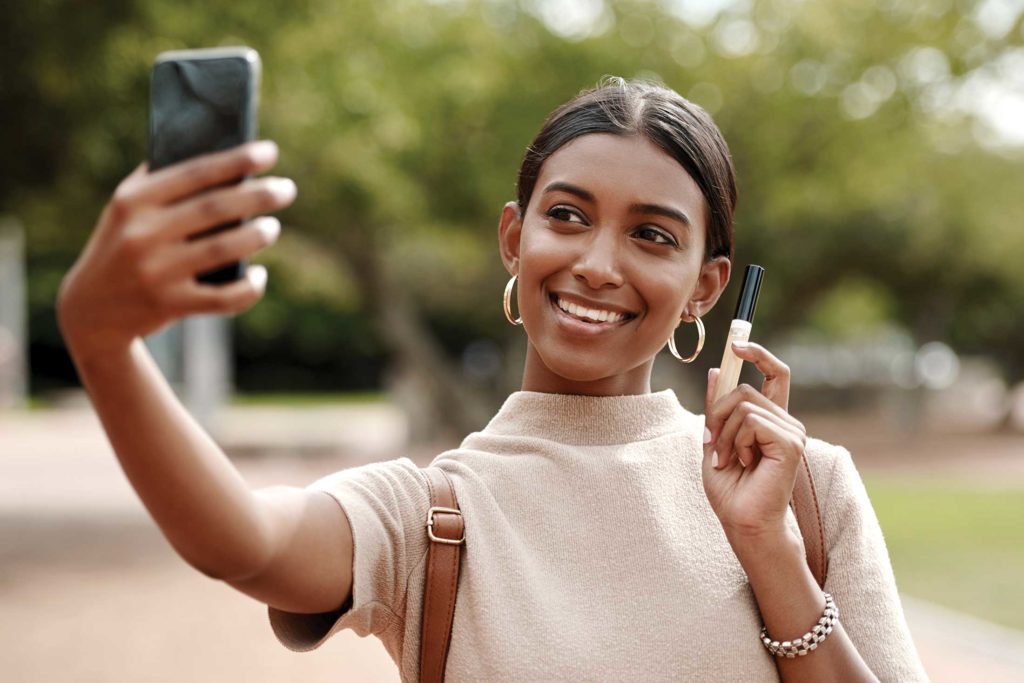In 2021, the use of influencers in marketing campaigns increased, TikTok became even more popular, and Instagram improved Reels to combat this competition. 2022 will be no different. There will be new platforms, optimizations to our current favorites, and viral trends that will have a lasting impact on social media entirely.
To get ahead of the game, here are Empower’s 2022 influencer trend predictions:
1) eCommerce Development Will Continue to Change the Influencer Space.
Influencers can optimize their content thanks to an increase in ecommerce functionality within social platforms. Shopping features allow influencers to connect the products they are using or promoting, thus letting their followers purchase directly on platform. eCommerce shoppers are estimated to grow from 80.1 million in 2020 to 96 million1 in 2022. The future of ecommerce on social platforms will inevitably change the influencer space with the ability to improve measurement and showcase ROAS (return on ad spend).
While Instagram Shopping has made significant improvements over the last year, it seems there is no stopping point in sight. For instance, Instagram began deep development on their live shopping opportunities. TikTok is not far behind with their extended partnership with Shopify and YouTube also activated live shopping events.
2) More Monetization Opportunities Will Arise.
We’ll see a rise in long-term brand partnerships and affiliate programs versus one-time deals as influencers monetize their content. Creators can make more money through link clicks, coupon codes, and purchases over time. The trust between creator and the viewer based on reliability and authenticity will support the implementation of long-term partnerships.
Platforms are prioritizing and investing in their creators. Instagram is introducing fan subscriptions that mimick subscription services like Patreon to give creators a structured monthly income. Meta’s other investment includes bonuses where they reward influencers creating quality content based on the views and success. Similarly, TikTok’s tip feature will benefit creators while Snapchat continues to do so through Spotlights.
3) Influencer Categories Are Expanding.
There are not strict lines between influencer categories anymore. Creators now produce content that ranges across a varying degree of categories. Limiting influencers to stay in their initial lane will become a thing of the past. Beauty influencers may start creating cooking content with no effect on their following, for example.
On the flip side, some influencers will become more niche. For example, rather than being just a fashion influencer, an influencer may specialize in only try-on haul content over traditional styling content. Smaller, niche categories will have a solid following of active users that can benefit these types of campaigns.
4) Video and Audio Will Prevail Over Photo and Text.
The popularity of TikTok has given a revival to sound on video content, with over 1 billion users worldwide. Video lets influencers keep their authenticity and allows for a purer connection between the creator and the viewer. Even Instagram announced their move towards prioritizing video content. They will focus more on Reels and increasing Stories to 60-seconds long vs. 15-second segments.
Podcasts will also be a heavy-hitting point for brands. If awareness is the goal, brands will lean towards podcasts and audio content. Audio-based platform Discord has gained popularity in response to the COVID-19 pandemic. Originally marketed towards the gaming community, Discord’s online community rose from 45 million monthly users in 2017 to 140 million in 2021. Influencers now use their personal Discord server to interact with their followers daily.
5) Nano- and Micro-Influencers Are Here to Stay.
The trend to incorporate more nano- and micro-influencers in campaigns alongside macro-influencers continues to advance. Brands like the authenticity and high engagement rates of smaller influencers coupled with the reach of macros. Micros often have more reliable followings who are more likely to purchase from influencer recommendations. In fact, 70 percent of teens trust influencers more than celebrities2.
While nano- and micro-influencers tend to cost less compared to macro-influencers, we have seen a steady increase regardless of tier when it comes to usage rights. With higher rates comes an increased expectation of the results, which will require influencers to communicate past results with brands to determine overall value.
Final Thoughts
Brand and industry leaders need to proactively stay ahead of these trends to know when to implement and adjust influencer strategies. At Empower, we strive to be industry experts by staying up to date on how influencers further intertwine with ecommerce and social media, thus keeping us and our clients ahead of the game.
Sources:
- Social Commerce Report 2022. (The Influencer Marketing Factory, 2022)
- 20 Surprising Influencer Marketing Statistics. (Digital Marketing Institute, 2021)







